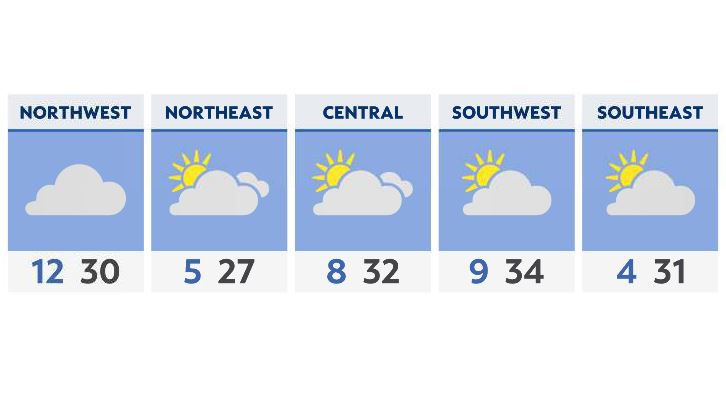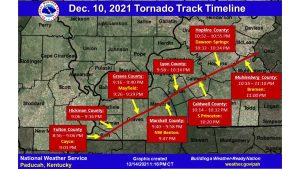COLUMBUS, Ohio — Rural America may be more complex and unique than you think.
Researchers at the Ohio State University published a study in the Journal of Land Use Science, examining the landscape of rural America and Ohio.
The study reported on the following groups: Urbanizing rural, suburban middle-income destinations, rural low-income destinations, stable rural areas and stagnating rural areas.
“Sometimes, I think when we talk about rural America or rural Ohio, we have this sort of stereotypical picture and it’s a monolith,” agriculture expert Andy Vance said. “And the study says that’s not the case.”
“You found census tracts are really close to urban areas, with [what] the study called Urbanizing rural communities. These were communities that gained a lot of high-income households that were moving basically out of the city, so to speak, into metropolitan suburban areas and these rural communities. You had a group of communities that were called suburban middle-income destinations. Again, very similar to the first that were middle-income instead of upper-income [and] tended to be more spread out, away from the urban core, tended to be a little far-flung, maybe people who are commuting to a job in town, so to speak [with] more younger people in this category,” Vance said.
Then Vance explained the low-income destinations were communities around more or less or metropolitan areas, but generally considered rural. However, they were more low-income people moving from that urban area out into the country.
“The other two types were more traditional types of rural communities. One [is] what they called Stable rural. These would be your traditional farming communities, you know, not a lot of residents moving in, not a lot of residents moving out. Then there were what they called Stagnant rural areas that are clustered more in the Appalachian region of southeastern Ohio. Think about forested [and] mined area, very little farming, and that’s where people were leaving those communities and moving somewhere else,” Vance said.
The study reports between 2008 and 2016, rural census tracts in Ohio experienced a positive net migration of 1.2%. Vance said this increase could drive changes in many aspects of life, including politics, within these communities.
“I think as more high-income and younger people move into some rural areas that maybe there’s a little difference of the types of political positions or the types of candidates they might back. You look at, say the last presidential election, there were some very clear lines you could draw based on level of education, age, and socioeconomic status generally about whether or not somebody was going to support President Biden or President Trump. And I think you’re going to see more of that dynamic at play in rural America. It’s not as monolithic, maybe as we would assume it to be if we’ve never been out in some of these rural communities,” he said.




